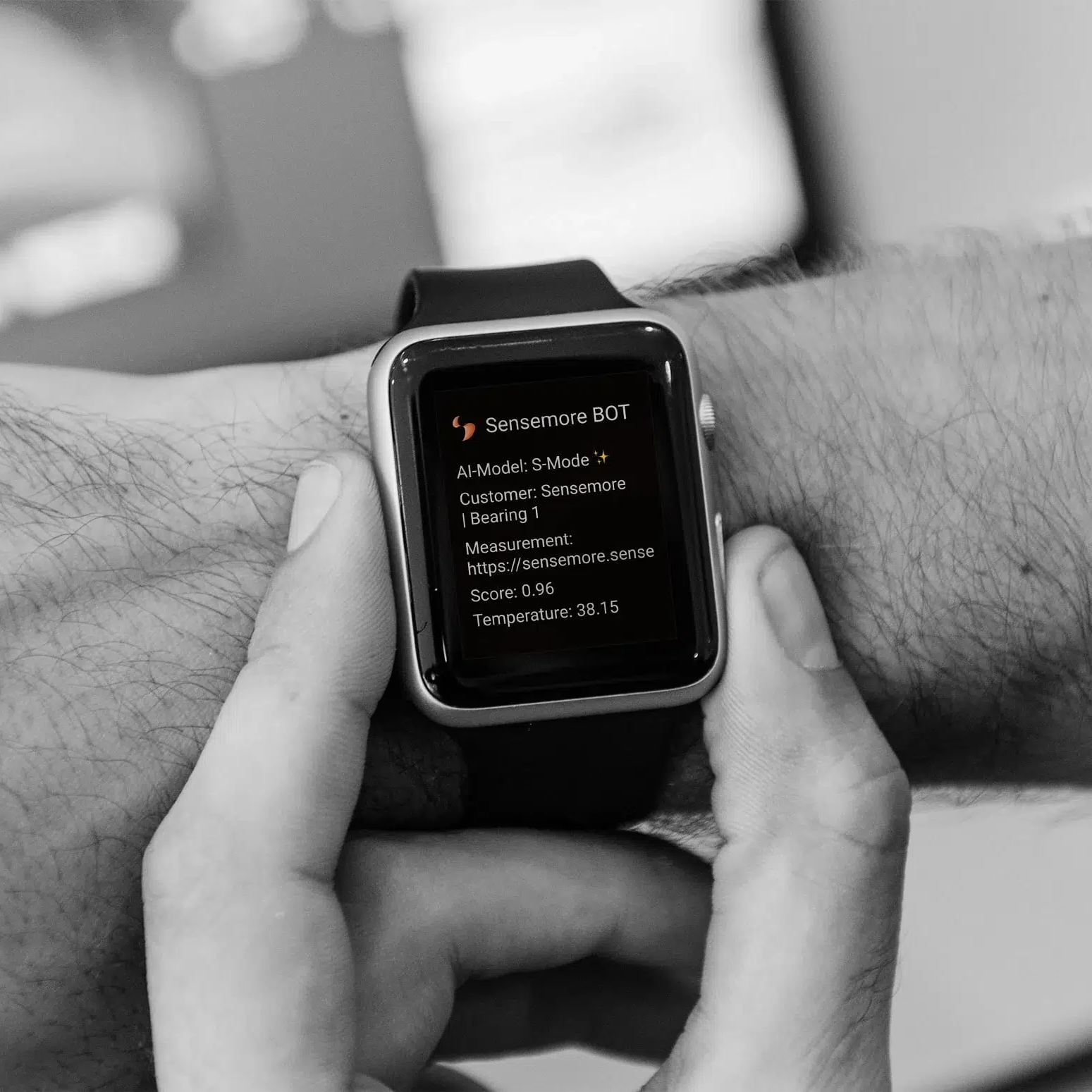Daily toolbox talks can significantly reduce incidents and injuries. Follow this guide to implement impactful toolbox talks at your workplace. Toolbox talks are short, daily safety meetings lasting typically 10-15 minutes. They are designed for frontline staff such as maintenance workers, machine operators, construction workers, and other personnel engaged in high-risk activities. Each talk covers a specific safety topic, ranging from proper lifting techniques to hazard identification and emergency procedures. These talks are interactive, encouraging open discussion among participants to share insights, experiences, and concerns related to the day’s topic.
The Benefits Of Toolbox Talks
Toolbox talks help reduce workplace incidents and injuries by keeping safety top of mind for staff. By providing regular reminders and updates on safety procedures, toolbox talks ensure that employees remain vigilant and proactive in identifying and addressing potential hazards. Moreover, these meetings serve as a platform for ongoing safety training and education, enabling workers to enhance their knowledge and skills to prevent accidents and injuries. Additionally, toolbox talks create an avenue for employees to voice their safety concerns and suggestions, fostering a culture of open communication and collaboration within the organization. Furthermore, these discussions contribute to improving safety culture and accountability by reinforcing the importance of adhering to safety protocols and regulations.
How To Choose Toolbox Talk Topics
Selecting relevant and engaging topics of toolbox talks to conduct a comprehensive assessment of the workplace to identify potential risks and hazards. This may involve reviewing incident reports, conducting site inspections, and consulting with safety professionals. Additionally, analyzing past incidents and near misses can provide valuable insights into areas that require attention and improvement. Once potential topics have been identified, it’s advisable to involve frontline staff in the decision-making process to ensure that the selected topics are relevant to their work and address their concerns. Furthermore, varying topics regularly helps to keep discussions fresh and engaging, preventing monotony and ensuring continued participation and interest among employees.
How To Structure An Effective Toolbox Talk
To ensure the effectiveness of toolbox talks, it’s essential to follow a structured approach. Firstly, it’s important to keep the talks concise, typically lasting between 10 to 15 minutes to maintain participants’ attention and engagement. Begin each talk with an engaging introduction that highlights the importance and relevance of the day’s topic, grabbing participants’ attention and setting the tone for the discussion. Incorporate relevant talking points, statistics, and real-life examples to illustrate key concepts and reinforce the importance of safety procedures. Encourage active participation and discussion throughout the talk, allowing employees to share their experiences, insights, and questions related to the topic. Finally, conclude the talk with a clear call-to-action, summarizing key takeaways and outlining specific steps that employees can take to apply the information learned in their daily work.
Tips For Leading Successful Toolbox Talks
Leading successful toolbox talks requires effective communication skills and a proactive approach. To begin, it’s essential to hold the talks daily at a consistent time and location to establish a routine and ensure maximum participation. Additionally, it’s important to keep the sessions interactive by avoiding a lecture-style format and actively involving employees through questions, group activities, and discussions. Creating a supportive and non-judgmental environment is key to encouraging employees to share their thoughts, concerns, and suggestions openly. Furthermore, maintaining a positive and constructive tone throughout the talk helps to motivate employees and reinforce the importance of safety practices. Finally, it’s essential to follow up on any concerns or suggestions raised during the discussion, demonstrating a commitment to addressing employees’ needs and improving safety outcomes.
Conclusion
In conclusion, toolbox talks are a valuable tool for promoting workplace safety and fostering a culture of continuous improvement. By implementing these short, daily meetings, organizations can reduce incidents and injuries, keep safety top of mind for employees, and enhance safety culture and accountability. By following the guidelines outlined in this article and leveraging the tips provided, companies can effectively organize and lead toolbox talks that contribute to creating a safer and healthier work environment for all employees.
Recommended Blog Posts
September 4, 2023
Powerful Signal Analysis Tools for Vibration Analysis
Predictive maintenance, crucial for machinery reliability, heavily relies on vibration analysis. Techniques like FFT…
September 4, 2023
Rotating Machinery Vibration Analysis
Vibration analysis is a critical tool in various industries like manufacturing, power generation, and transportation.…
December 28, 2022
Fault Diagnostic Technique Using Machine Mode Similarity Analysis
AI can diagnose machine faults with vibration data but machine mode similarity analysis is an alternative, it uses…
September 15, 2022
Understanding Rotating Machinery Data
Machine data is generated by physical attributes and actions of machines, collected by sensors and analyzed for…
August 6, 2021
Envelope Analysis
Bearings are critical elements in rotating machines, they support radial and axial loads, and reduce friction. Real…
May 6, 2021
What is Cepstral Analysis?
Cepstral Analysis, a tool used to detect periodicity in frequency spectrum, can be useful in gearbox fault detection in…
October 9, 2020
How is Fault Detection Performed?
Vibration measurements and analysis, using multiple parameters, can identify developing problems in machinery before…
September 21, 2020
Parameter Selections in Vibration Measurement
Vibration measurements are used to determine the response of machines to forces and identify potential issues. It is…
September 4, 2020
What is Vibration Analysis?
Vibration analysis can be used to discover problems in machines and predict when they might fail. It can significantly…
Discover Our Products
Sensemore Predictive Maintenance Solution
If you enjoyed this blog, explore our Predictive Maintenance Solution page.











